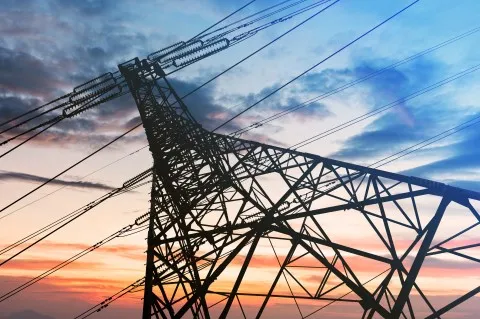
China's electricity consumption grew 4.5% in 2019
The residential and services sectors contributed to over half of the consumption rise.
According to the China Electricity Council, total electricity consumption in China rose by 4.5% in 2019. The residential and services sectors have recorded the highest growths with 5.7% and 9.5%, respectively, contributing to over half of the consumption rise. Electricity consumption in the industrial sector increased by 3.1%, contributing to 48% of the consumption growth, and accounted for 68% of the total electricity consumption in China in 2019. Consumption from electricity-intensive branches (chemicals, non-metallic minerals, ferrous and non-ferrous) rose by 2% compared to 2018. Electricity consumption posted a significant increase in western regions (+6.2%), much higher than the one in eastern regions (+3.6%).
At the end of 2019, the installed power generation capacity reached 2,010 GW, spurred by the growth in non-fossil generation capacities, including around 1,200 GW of thermal capacity (+46.5 GW, of which +28.9 GW were coal-fired power plants and 6.3 GW were gas-fired power plants), 360 GW of hydropower (+3.8 GW), 210 GW of grid-connected wind (+25.7 GW), 200 GW of grid-connected solar (+26.8 GW), and nearly 49 GW of nuclear capacity (+4 GW).
Overall, China's power generation rose by 4.7% in 2019, triggered by nuclear power generation (+18%) and renewable power generation (+5.7% for hydropower, +11% for wind and +25% for solar). CO2-free power generation thus accounted for 32.6% of the country's power mix. Thermal power generation grew at a slower pace (+2.4%, with +1.7% for coal-fired power generation).
The China Electricity Council expects power consumption to continue to increase in 2020 (by 4-5%) and non-fossil power capacity to boost installations (87 GW of CO2-free capacity expected in 2020, out of new installations of 120 GW).
This article was originally published by Enerdata.



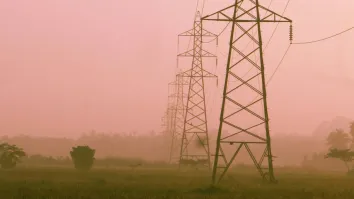
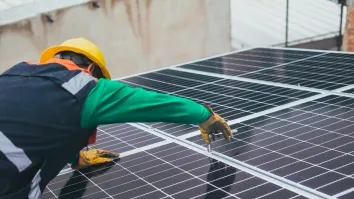





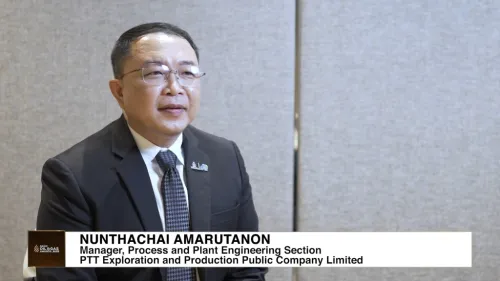






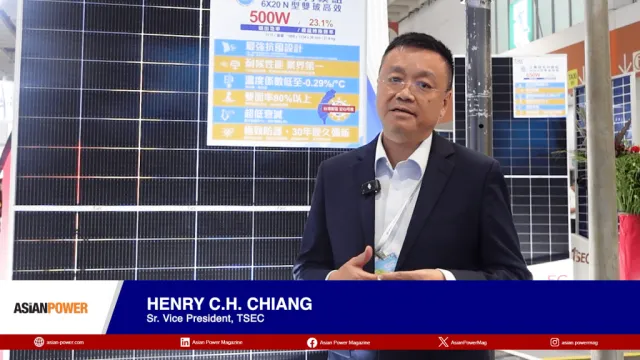

 Advertise
Advertise







